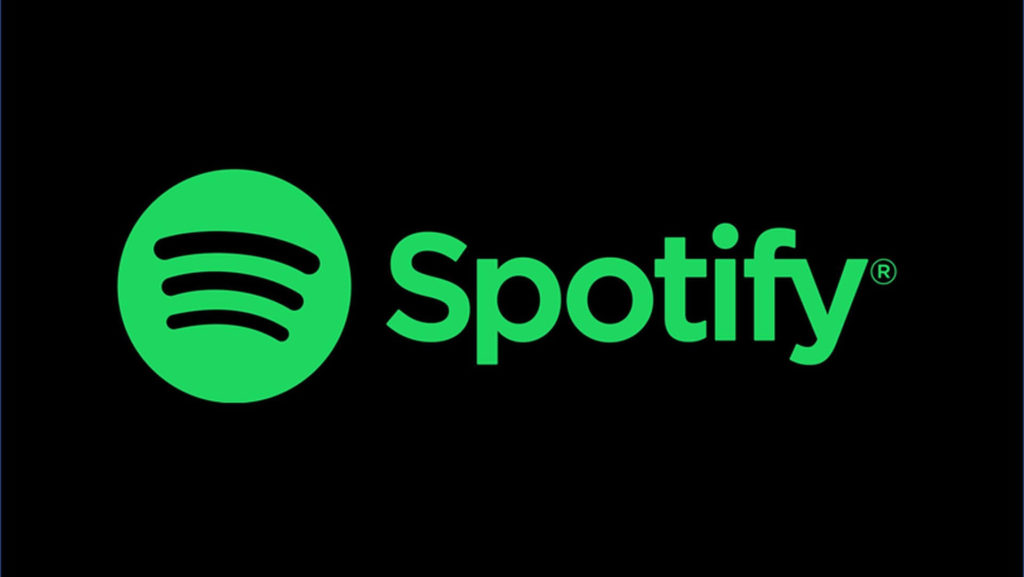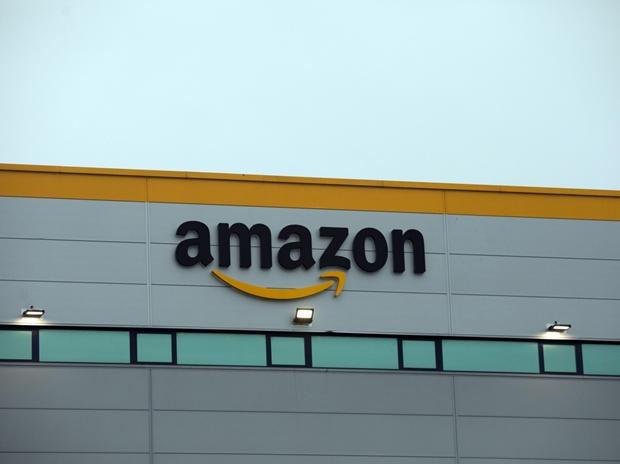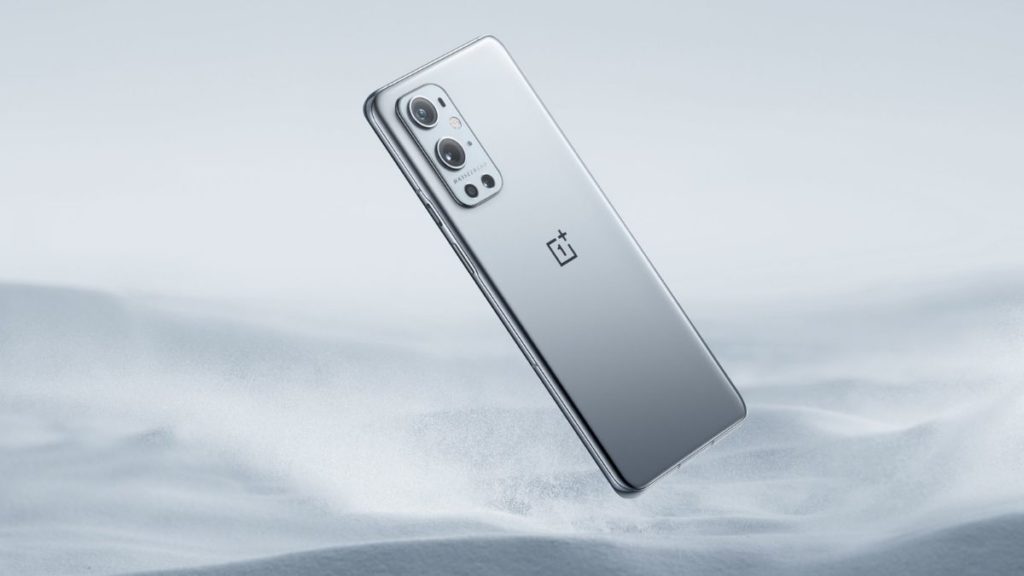Spotify buys Locker Room app’s company Betty Labs in live Audio Push.
On 30th March 2021, Spotify revealed the news of acquiring Betty Labs, the company that made the sports-focused social audio app called Locker Room. By purchasing this company whose app became a bit hit since the launch last year, Spotify is marching its way into live audio. The live audio-based social apps are gaining much popularity in a small-time, especially with the ongoing pandemic situation.
Last year in April 2020, an invite-only audio chat social networking platform, Clubhouse was released and within a month its valuation became $100 million. Betty Lab’s social app, Locker Room was launched in October 2020 and it has become very popular among sports fans for chatting and holding watch parties.
Spotify acquiring Betty Labs speaks a ton about the company’s plans to evolve and expand in the field of music and beyond. In response to the latest acquisition, the company has said that it plans to “evolve and expand” Locker Room to offer sports, music, and cultural programming as well as live discussions with professional athletes, musicians, and other personalities (Gadgets 360).
Offering more options to the Audience
A big music streaming platform like Spotify has millions of users which comprise both the content creators and the listeners. To stay in business and keep growing, evolving is very essential as well as granting the wishes of your audience. Live format is attracting many new and existing users in music streaming platforms. Introducing a live format will broaden the community and enhance the services already offered by both apps.
Gustav Söderström, Chief Research & Development Officer at Spotify, said, “Creators and fans have been asking for live formats on Spotify, and we’re excited that soon, we’ll make them available to hundreds of millions of listeners and millions of creators on our platform.”
Source: newsroom.spotify.com
Howard Akumiah, Founder and CEO of Betty Labs, said that “We are excited to join forces with Spotify and continue building the future of audio – we’ll invest more in our product, open the experience to Spotify’s audience, diversify our content offerings, and continue expanding the community we’ve built.”
Source: newsroom.spotify.com
About Spotify
Spotify was founded in 2006 by Daniel Ek and Martin Lorentzon. It is a Swedish music streaming company that has more than 300 million active users. The company has a freemium subscription model and it is available both on iOS and Android smartphones. Currently, the company’s Spotify app is available in most parts of Europe, the Americas, Oceania, Africa, Mauritius, and Asia. The company is still expanding and it’s expected that by the end of this year, Spotify will be available to users of 178 different nations.

Spotify had a fall in the number of users during the advent of COVID-19 but it is recovering and very fast. The premium users of Spotify are increasing rapidly and last year it reached 133 million premium users. Over the years, the company has made several acquisitions and some of them are Tunigo, a music discovery app, The Echo Nest, a music intelligence company, Seed Scientific, a data science consulting firm, etc. The company is also planning to acquire Megaphone from The Slate Group for $235 million.
About Betty Labs
Betty Labs is mainly focused on providing live experiences through a social audio application. The company’s application Locker Room is used for live discussions with sports insiders and athletes. This gives the sports fan an opportunity and a platform to talk with major personalities and get more facts and ideas about important topics. It is a new company and has a total of thirteen investors till now. But, with Spotify acquiring Locker Room, Betty Labs will get more exposure in the coming days which will attract new users.

Annasha Dey is an NIT student, who apart from studying engineering is also a content writer. She has a great interest in photography, writing, reading novels, and travelling as well. She is a foodie who loves socializing and hanging out with her friends. She is also a trained Kathak dancer and a big fashion enthusiast. Dey also loves watching TV series, which includes F.R.I.E.N.D.S. and Big Bang Theory. To be a better writer she prefers to read more





